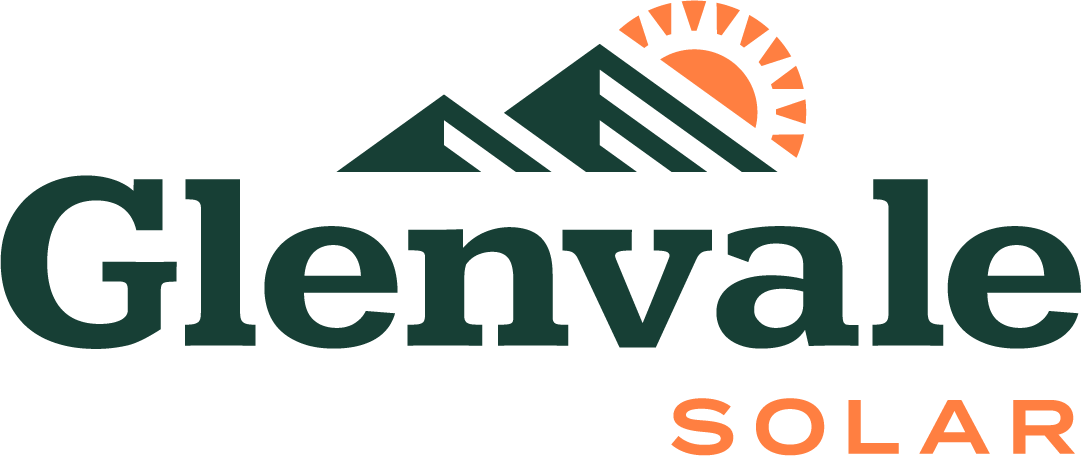
Glenvale brings fifteen years of experience to our site selection process
Glenvale is creative with lease structures
These agreements meet the financial and personal goals of our landowners. Glenvale’s leases significantly increase the value of our landowners’ property, and ensure reliable quarterly payments for decades into the future. Agreements can also be structured as purchases or easements.
We focus on sites close to existing transmission infrastructure
We prefer sites that contain at least 100 acres, though we can work with smaller sites. Ideal sites can be developed without impacting critical natural resources or scenic areas. Glenvale’s projects are normally adjacent to an existing transmission line or substation.
Your trusted partner
Property owners find that Glenvale is the ideal solar developer to work with. We pay competitive lease rates, are creative with lease terms, and communicate openly. Importantly, we have a track record of successful projects.
Frequently asked questions
How much land do you need to build a solar farm?
Our projects typically use at least 100 acres. Depending on the available interconnection capacity, we may be interested in sites as large as 500 acres. If your property is suited to a project, but you have less land, don’t worry – we frequently assemble land from multiple property owners
Do you purchase or lease property?
Our projects typically use at least 100 acres. Depending on the available interconnection capacity, we may be interested in sites as large as 500 acres. If your property is suited to a project, but you have less land, don’t worry – we frequently assemble land from multiple property owners.
How long will it be before I get paid?
We make initial option payments as soon as our Letter of Intent is signed. We continue making development rent payments on a quarterly or annual basis, and normally make a contribution to the landowners lease legal expenses. Lease rates increase when construction begins, and then increase to the final operating rent when the project is operational. It normally takes two years to reach construction and another year to reach operation.
We welcome the chance to discuss potential solar sites in New England and beyond




